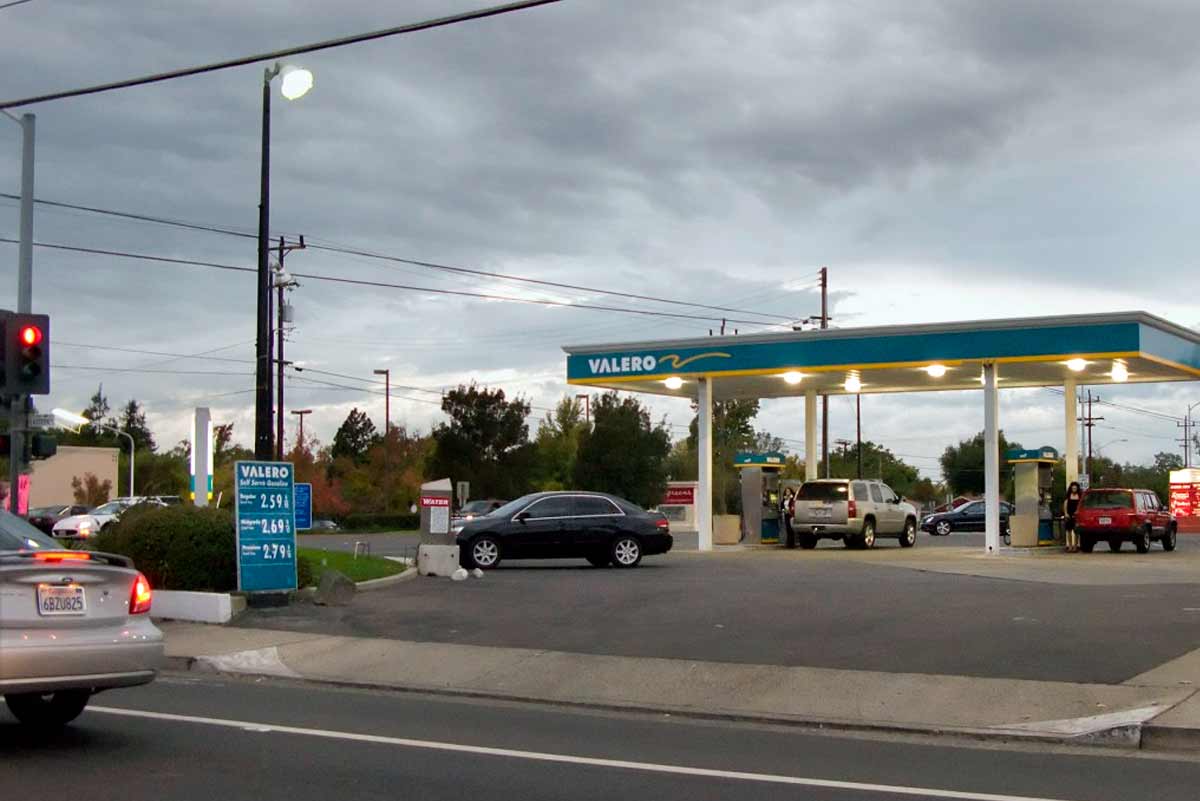The conspiracy of the pumpiers in setting the margins seems to be becoming colossal, and the disease is spreading from the Czech Republic beyond the borders of our basin!
Even in the USA, the recent development of oil and product prices does not correspond to historical experience. At least judging by the development of oil prices in New York, which has doubled since January. That is many times more than the price of crude oil (WTI has risen about three times less). And now a little more seriously…
GRAPH: Development of fuel prices in the USA
For the past 25 years, in USD per liter.
Source: tradingeconomics.com
Different markets
The above example illustrates that we do not really encounter the unusual dynamics of oil product prices in our country. This is a global phenomenon and a simple comparison of the development of crude oil prices and, for example, petrol or diesel can be easily misleading.
It must always be borne in mind that product prices are closely linked to the price of oil, but are essentially two different markets. And that is why they deal with common as well as their specific shocks on a daily basis.
The market with so-called middle distillates (including diesel, aviation fuel) absorbs several surprises. And that’s not good news, because diesel engines drive not only goods but also agriculture, for example. And expensive energy subsequently pushes consumer prices to rise.
The demand shock is related to the unexpectedly rapid recovery of the economy after COVID, which, as in the case of other goods, is currently facing insufficient supply.
Who would transport oil from Russia?
However, the supply shock is currently more fundamental and is mainly related to the shortage of Russian oil. Rather than sanctions, it reflects the reluctance of companies to transport Russian oil.
Shell, for example, could say that trading in Russian oil is very profitable, but it is not the best advertisement.
Even the toughest players in the market, such as Trafigura, are giving up on Russian oil and products. In addition, extreme price volatility makes trading more expensive and complicates trade financing, and rising rates do not help either.
Diesel stocks in the Rotterdam area are thus becoming uncomfortably dwindling. In the aforementioned New York, the tanks are full in at least 32 years (there are no longer dates).
Add to that the fact that, according to recent agency reports, Russian oil exports from the Kaliningrad region will fall by about a third compared to April (Rosneft and Lukoil are absent). The diesel crisis is definitely not over yet…
–


